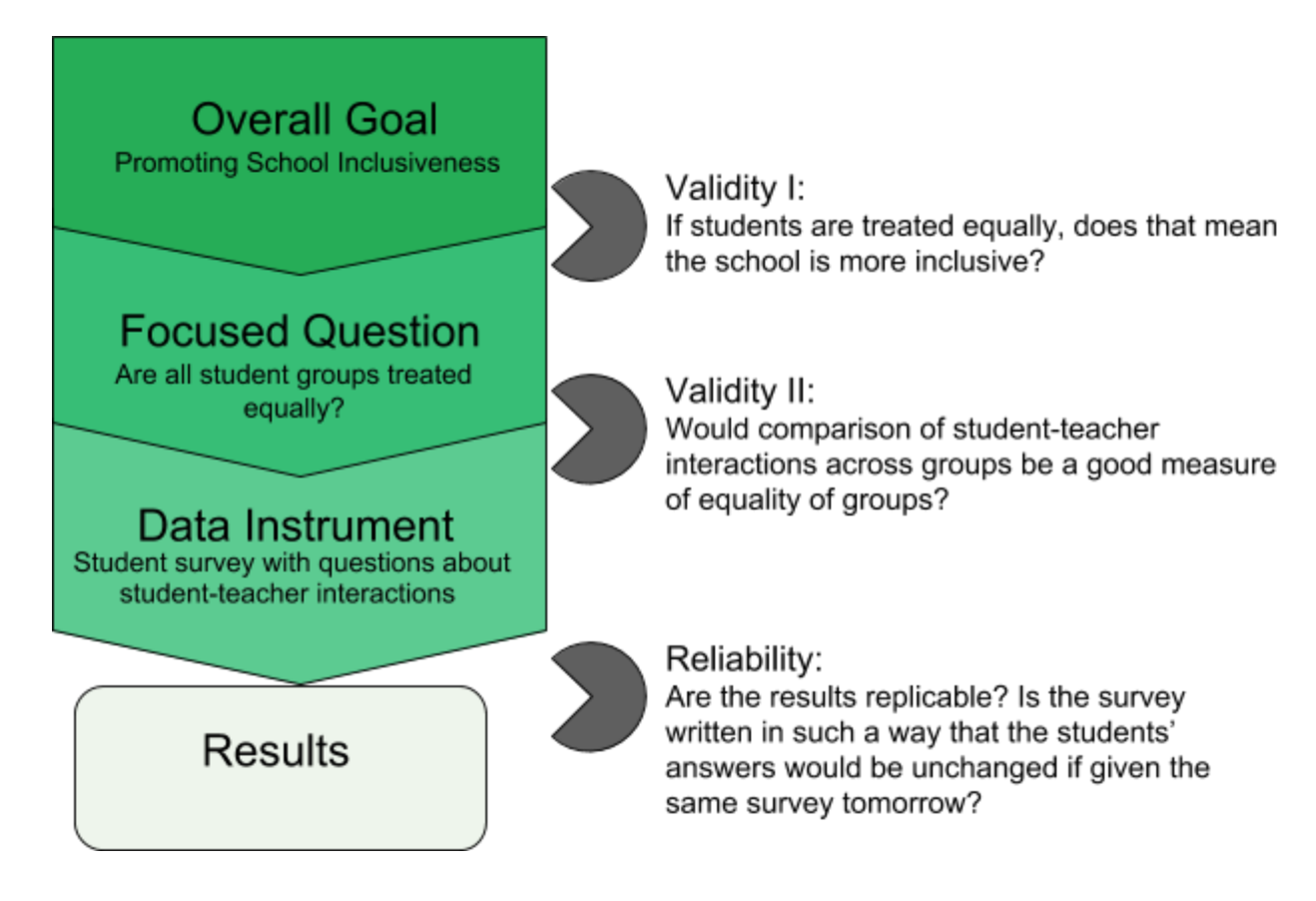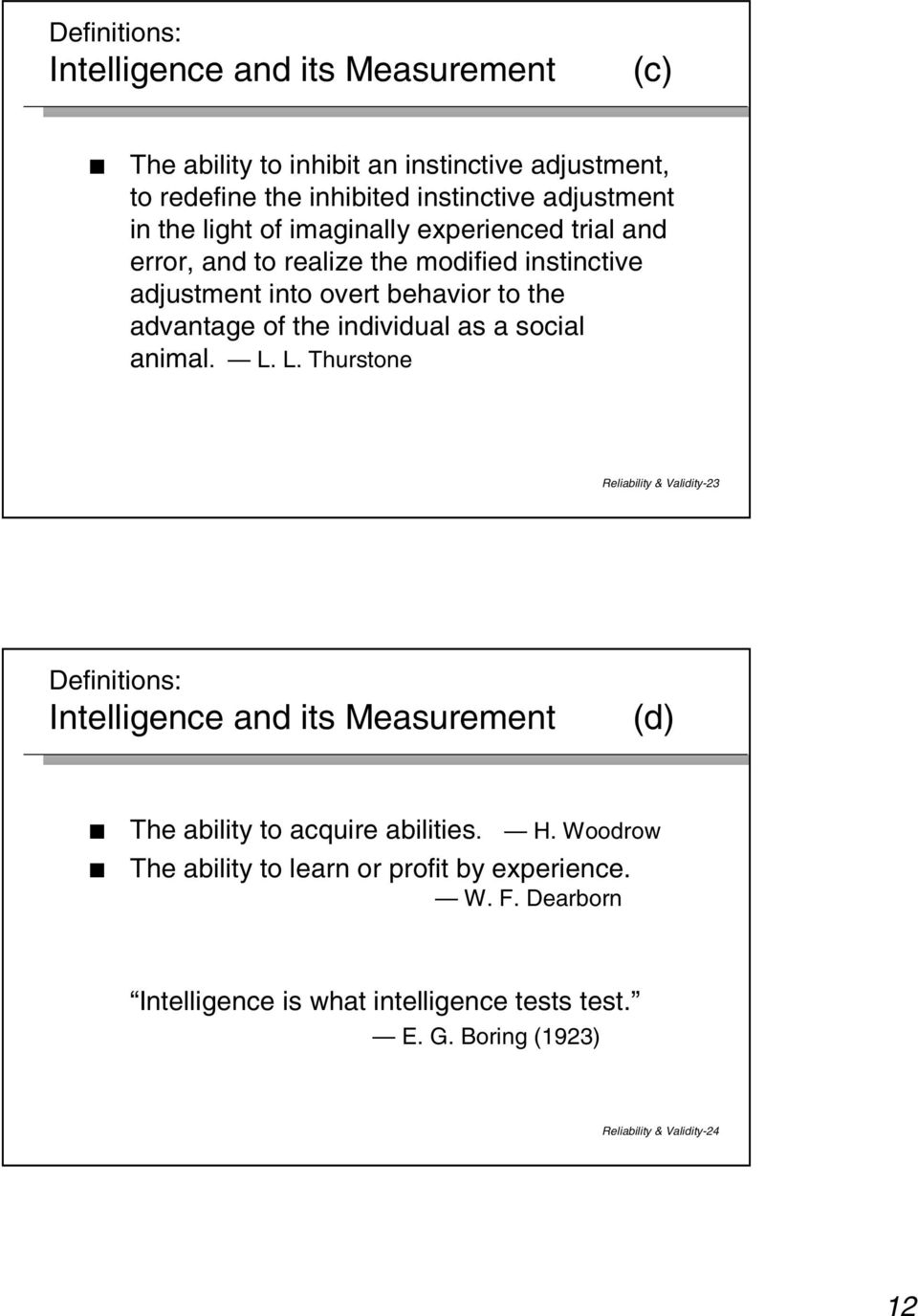
If there were no random errors of measurement, the individual would get the same test score, the individual's "true" score, each time. These factors are sources of chance or random measurement error in the assessment process. Differences in training, experience, and frame of reference among raters can produce different test scores for the test taker. In certain tests, scoring is determined by a rater's judgments of the test taker's performance or responses. Because the forms are not exactly the same, a test taker might do better on one form than on another. These forms are designed to have similar measurement characteristics, but they contain different items. Different forms of a test are known as parallel forms or alternate forms. Items differ on each form, but each form is supposed to measure the same thing. Many tests have more than one version or form. Differences in the testing environment, such as room temperature, lighting, noise, or even the test administrator, can influence an individual's test performance. For example, differing levels of anxiety, fatigue, or motivation may affect the applicant's test results. Test performance can be influenced by a person's psychological or physical state at the time of testing.

If a person takes the test again, will he or she get a similar test score, or a much different score? A test that yields similar scores for a person who repeats the test is said to measure a characteristic reliably. Test reliability Reliability refers to how dependably or consistently a test measures a characteristic. For example, an arithmetic test may help you to select qualified workers for a job that requires knowledge of arithmetic operations.The degree to which a test has these qualities is indicated by two technical properties: reliability and validity.
TEST VALIDITY AND RELIABILITY HOW TO
How to interpret validity information from test manuals and independent reviews.



Time and Attendance/Workforce ManagementĬhapter 3: Understanding Test Quality-Concepts of Reliability and Validity.


 0 kommentar(er)
0 kommentar(er)
